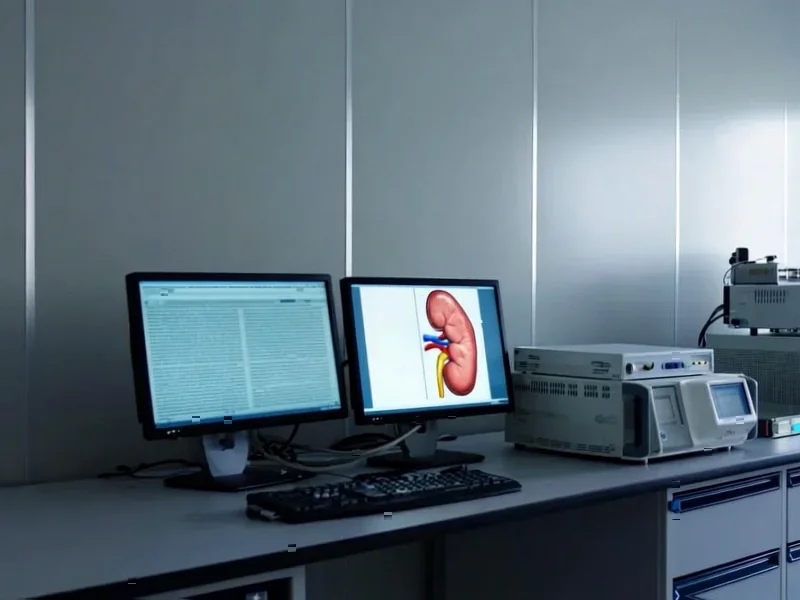According to Phys.org, University of Michigan researchers have discovered that brains undergoing anesthesia and stock markets during economic crises follow identical physics principles, with their findings published in Proceedings of the National Academy of Sciences. The research team led by UnCheol Lee, Ph.D. found that both systems exhibit either first-order transitions (abrupt collapses like water freezing) or second-order transitions (gradual changes like magnets losing magnetism). When tested on the 2007-2009 Subprime Mortgage Crisis, they found emerging markets with lower GDP per capita tended toward explosive first-order transitions with faster collapse and slower recovery, while analysis of EEG data revealed the brain’s transition type predicted how rapidly patients lost and regained consciousness. This breakthrough understanding of network collapse dynamics opens new possibilities for predicting and managing crises across multiple domains.
The Universal Language of Collapse
What makes this research particularly compelling is how it reveals that seemingly unrelated complex systems—from neural networks to financial markets—share fundamental mathematical properties when approaching critical thresholds. The concept of criticality, where systems operate at their most efficient and flexible state, has been studied separately in neuroscience and economics for decades. However, the Michigan team’s insight that both domains can be described using the same phase transition framework from physics represents a significant interdisciplinary breakthrough. This suggests there may be universal principles governing how complex networks behave under stress, regardless of whether they’re composed of neurons, traders, or climate patterns.
Practical Implications Across Domains
The immediate applications in anesthesia safety are particularly striking. Currently, anesthesiologists use standardized dosing protocols that don’t account for individual differences in how brains respond to and recover from anesthetic drugs. If clinicians could pre-assess a patient’s brain network characteristics to determine whether they’re prone to first-order (abrupt) or second-order (gradual) transitions, they could personalize anesthesia administration to minimize recovery time and reduce complications. This could be especially valuable for elderly patients or those with pre-existing neurological conditions who face higher risks from prolonged unconsciousness and slower recovery.
Financial System Vulnerability Assessment
In the financial realm, this research provides a mathematical framework for assessing which economies are most vulnerable to rapid, catastrophic collapse. The finding that emerging markets with lower GDP per capita tend toward first-order transitions aligns with historical observations but now gives regulators a predictive tool rather than just retrospective analysis. Central banks and financial regulators could potentially monitor real-time market data for signals approaching first-order transition thresholds, allowing for preemptive interventions before systemic collapse occurs. This could revolutionize how we approach financial stability monitoring, moving from reactive crisis management to proactive vulnerability assessment.
Broader Systemic Risks and Limitations
While the potential applications are exciting, significant challenges remain in translating these theoretical models into practical tools. The computational models require extensive calibration and validation across different types of crises and systems. There’s also the risk of false positives—identifying imminent collapse where none exists—which could itself trigger panic and market instability. Furthermore, the ethical implications of predicting individual brain responses to anesthesia raise questions about how such information would be used in clinical decision-making and whether it could lead to discrimination in healthcare access based on predicted recovery profiles.
Future Research Directions
The most promising aspect of this research is its potential application to other complex systems facing existential threats. Climate systems, social networks during information cascades, and even ecosystem collapses might be analyzed using similar phase transition frameworks. The researchers’ approach of using network synchronization variance as a predictor of transition type could be adapted to monitor everything from coral reef health to social media platform stability during election cycles. As we face increasingly interconnected global challenges, understanding the universal principles of system collapse may become one of the most valuable scientific pursuits of our time.




